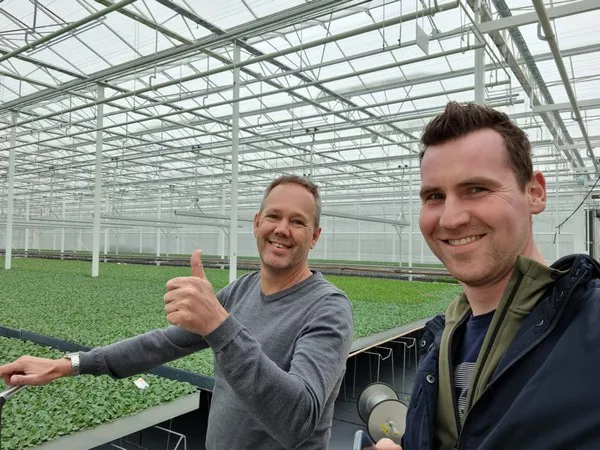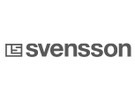Why does the screen shake at night? Do I need to have gaps? These are just a few questions on optimal screen use. Connected Screening provides insight into this. Bart Bakker, climate consultant at Ludvig Svensson, explains how it works: "I actually build four graphs based on the parameters of the screen and combine them with the conditions. These four graphs show energy-saving, moisture penetration, radiation and irradiation. This is then linked to the screen fabric properties. You can then see, for example, whether the moisture in the greenhouse can be removed by the screen or whether it is necessary to install a screen. In practice, it often turns out that the screen can be kept closed for longer; with a few percent extra air above the screen, the moisture drains away well enough, and the climate screen can remain closed."

Bart Bakker and Joris Vermonden, greenhouse climate consultants at Ludvig Svensson for the Netherlands/United Kingdom and Belgium/South Netherlands, respectively
Bart has noticed that practically all growers are open to this discussion. "Of course, the current energy prices help. I can understand that. Just a 1% crack has an impact on consumption," he adds. He is happy to share his knowledge with the growers. Ludvig Svensson sees this as a service. Incidentally, the more measuring equipment (e.g. a pyrgeometer or measuring box above the screens) the grower has installed in the greenhouse, the more insight he can gain into screen use.
Svensson and Hoogendoorn are working together on this. The program can provide insight into the optimal use of up to 2 screens. Hoogendoorn's two climate computers IISI (from version 10) and IIVO offer this possibility.
For more information:
Ludvig Svensson 
info@ludvigsvensson.com
www.ludvigsvensson.com
